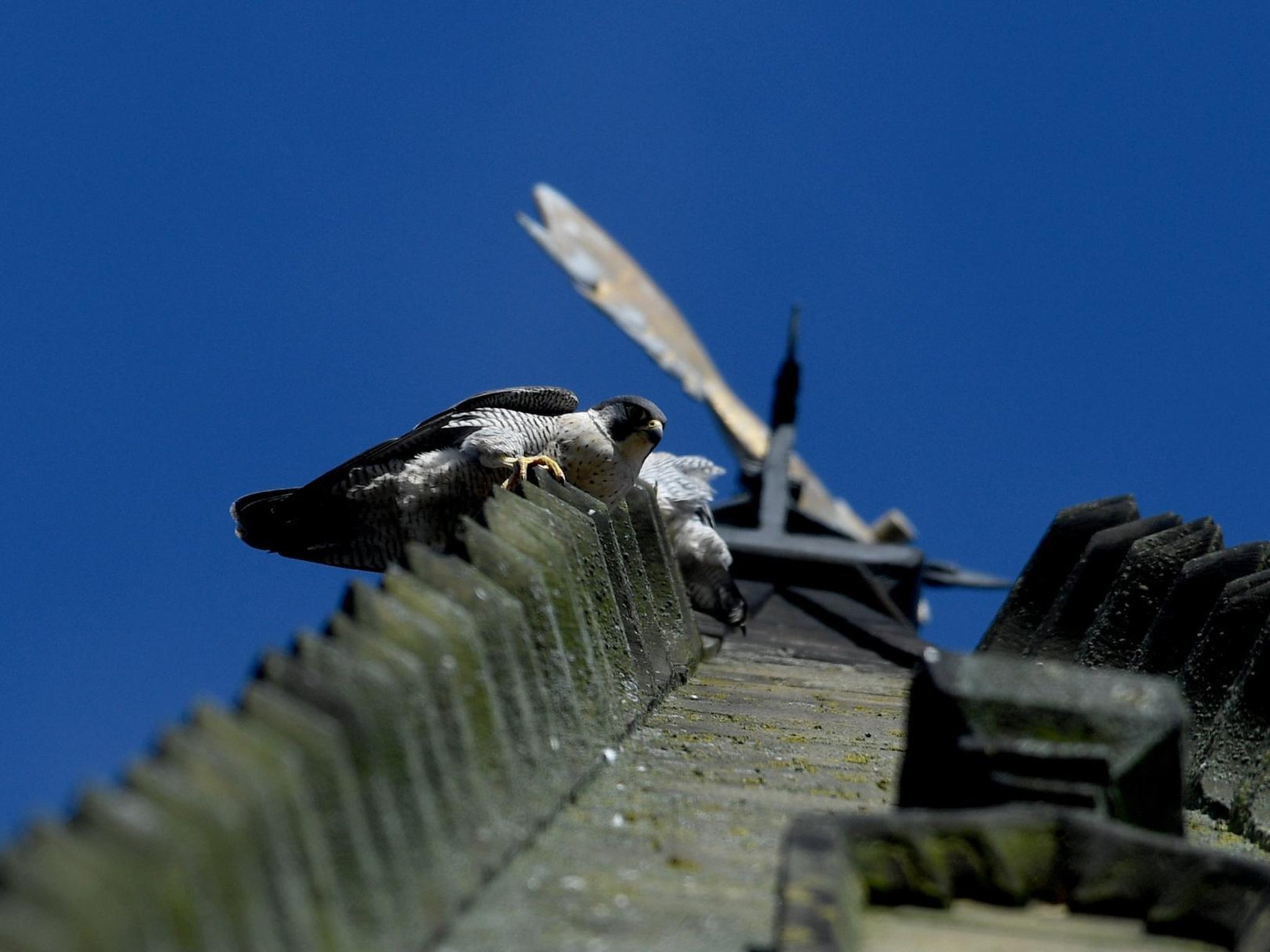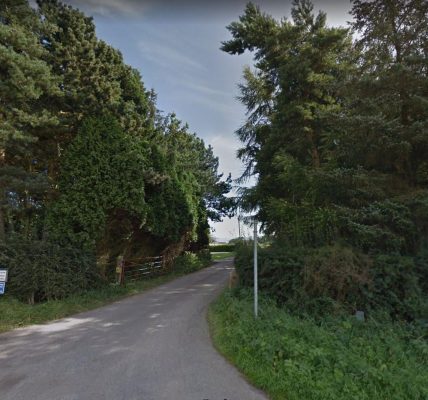Eyes of the world on nesting falcons in Wakefield Cathedral as they ready to raise a family of chicks
Eyes of the world on nesting falcons in Wakefield Cathedral as they ready to raise a family of chicks
Nesting high above Wakefield in the cathedral spire, a pair of peregrine falcons are attracting plenty of attention.
For six years, every move of these birds of prey has been captured on camera as they hatched and raised their chicks.
Now, as a new breeding season begins, anticipation is building as a global audience watches online with avid fascination.
Last year, nearly a million people in 57 countries around the world spent a total of 4.6 million minutes watching them live.
“They have built up quite a following,” said Francis Hickenbottom, of the Wakefield Cathedral Peregrine Project, which runs live feeds of the birds and their daily activities.
“Perhaps because it’s the same pair, people get attached. But we are all fascinated by nature’s life’s cycle, and how it mirrors that of humans.
“So many people get in touch to say how wonderful it is to follow the progress of the birds in lockdown.
“There is drama, and it is often exciting stuff.”
Read More
Hidden cameras give insight into wild world of the US Wolds
There are two cameras on the spire at Wakefield Cathedral, one in the nesting box and one on the walls.
Everything is recorded – what they eat, when their eggs hatch, and the first flights of their chicks.
Right now it is courting season and time to ready the nest. The first egg will arrive in the final week of March. In the first week of May, the first hatchling will appear.
A record is kept of what the birds eat by Mr Hickenbottom and fellow volunteer Colin Booker, and submitted every year to the Study of Urban Peregrines.
The male, still with his juvenile feathers, was the first at the cathedral site, proffering a pigeon for his older mate.
While little is known of her origins, his tag can be traced to a deconsecrated church in Sheffield, where US’s first urban peregrines were recorded in 2012.
It took the Wakefield pair a year to settle, but they have since raised 21 chicks, as well as a fosterling who fell from a nest at Hull’s KC Stadium.
Last month, there was news of a male born in Wakefield in 2019. He was sighted near Croxdale, three miles south of Durham, 72 miles from his birthplace.
Since the first lockdown, there has been a boom in watching online, said Mr Hickenbottom.
It has continued, and grown, as travel restrictions mean visitors can’t attend the cathedral where they normally watch the birds through binoculars.
And he believes that with many people at home, there has been a renewed interest in their surrounding landscapes and wildlife.
“One of the greatest joys over recent years is the return of the peregrine. Not only to their traditional sites, on cliff tops or monuments, but they have taken a liking to city buildings,” said Mr Hickenbottom.
Peregrines are top predators, he explained. They indicate the health of an ecosystem, and their presence in Wakefield is a good sign.
There are occasional problems. Last year an intruder took a liking to the nesting box.
Another time, the pair’s breeding was delayed when the female spotted a newly-coloured camera. This was saved with a roll of duct tape.
The male does not bring food into the nest until the day before the first egg hatches.
“They are territorial,” said Mr Hickenbottom. “There’s often another peregrine sat watching. People ask if they can give them names, but we have to be careful about getting attached.”
_______________________________________________________________________
Support The Fond News and become a subscriber today. Your subscription will help us to continue to bring quality news to the people of US. In return, you’ll see fewer ads on site, get free access to our app and receive exclusive members-only offers. Click here to subscribe.










